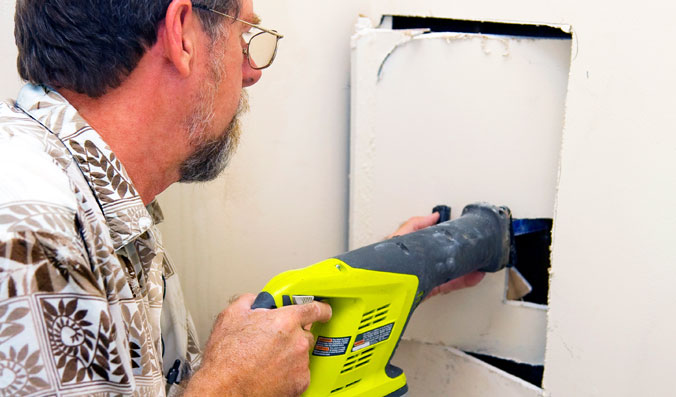More than a few baseball aficionados out there are probably dying to remind me that my headline is technically against the rules of the game. But that’s exactly the intent of this blog. Break free from your standard practice; make new rules for how things get done; and, yes, don’t even toe the line.
We’ve all heard the truism that the definition of insanity is to keep doing the same thing and expecting a different result? Yet, we’ve all done that.
As professionals, huge leaps forward don’t come by doing what we did yesterday. (Don’t get me wrong; build on yesterday’s best practices.) We don’t make competitive gains by doing exactly what our competition does—after all, if what they do is so great, then what are we bringing to the table? To be different, we have to innovate.
In business, our best shot at hitting one out of the park comes by stepping outside the box and doing things a bit differently.
In 2000, Sara Blakely was getting ready for a party and found herself without the right undergarment for the white pants she planned to wear. With scissors and ingenuity she cut the feet off her control-top pantyhose and voila: Spanx.
Blakely rolled that idea into a complete clothing line, leading her at 41, to become the youngest self-made woman to join the World Billionaire list1. Now there’s a complete line of women’s wear, all snowballing from cutting the feet off pantyhose and daring to step out (and up).
In an example closer to home, consider drywall. Gypsum board was first invented by Augustine Sackett in 1894. Back then it was 36″ x 36″ in size and 1/4″ thick. Standard sizes would ultimately become 4′ wide by 8′, 10′, 12′ or 14′ long, compatible with standard framing.

One day, someone thought there might be a market for smaller sheets, and so 2’x2′ drywall panels were introduced. Not surprisingly, this was welcome news for consumers. The typical do-it-yourselfer often repairs a small section of wall that has been damaged by a swinging door or errant hockey puck in the basement. Lugging heavy, bulky 4’x8′ drywall is hard work. The convenience factor of repairing a small section of wall with a 2’x2′ piece of drywall made sense. Today, these smaller sheets actually account for a higher gross margin than the standard 4’x8′. Who would have thought?
It’s another example of a small-but-practical idea that has helped solve an industry challenge.
Here’s my advice to budding entrepreneurs: ‘fail fearlessly, but be smart.’
Ms. Blakely has said that when growing up her father would ask her daily what she had failed at that day. It instilled in her the understanding that failing was an important part of trying.
Thomas Edison is famously quoted as saying, “I have not failed 10,000 times—I’ve successfully found 10,000 ways that will not work.”2
I’m not recommending you be reckless or foolish in business, but if it makes good business sense you owe it to yourself, and your customers, to do things differently. Innovation isn’t just about disruptive technology or a miracle pill, but evaluating how to chart a new course to meet a need, sometimes before your customers even know they have it.
Challenge yourself to:
- See things differently (from “outside the box”)
- Never accept that things can’t be done better
- Work on your business rather than in your business
Don’t be afraid to do what the competition won’t. Think about this: what one thing would most set you apart from your competition? Reluctant to try? Just take a swing at it!
References
